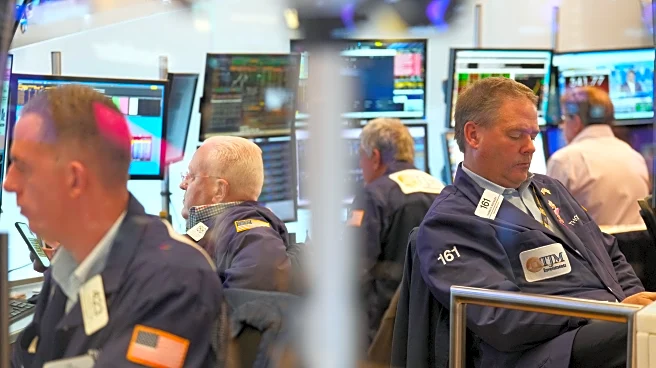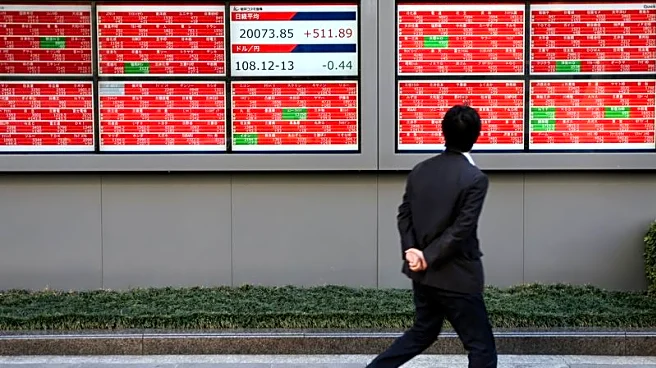What's Happening?
The U.S. luxury market is experiencing significant growth despite global economic challenges. Major luxury brands such as LVMH, Kering, and Hermès have reported strong sales in the U.S. during the third
quarter of 2025. This growth is attributed to the resilience of high-income consumers who remain insulated from inflationary pressures, partly due to tax cuts and a positive wealth effect from a stock market rally. Despite concerns over tariffs and consumer confidence, luxury brands have managed to increase prices, which has not deterred affluent consumers. The U.S. market has become a key growth engine for luxury brands, counterbalancing weaker performances in other regions like China and Europe.
Why It's Important?
The robust performance of the U.S. luxury market highlights the economic divide between high-income consumers and the broader population. While luxury brands benefit from the spending power of affluent consumers, the wider economy faces challenges such as inflation and potential policy shocks. The luxury sector's growth underscores the importance of consumer confidence and spending in driving economic performance. This trend also reflects the impact of fiscal policies, such as tax cuts, on consumer behavior and market dynamics. The continued strength of the luxury market could influence economic policy decisions and market strategies for other sectors.













